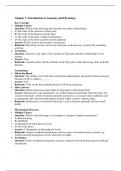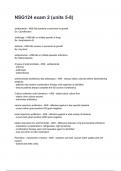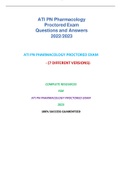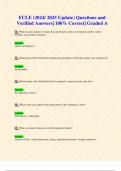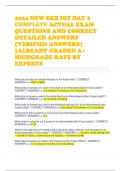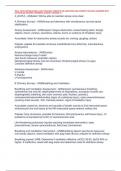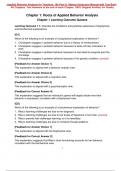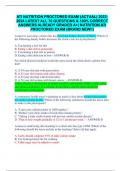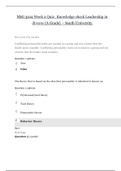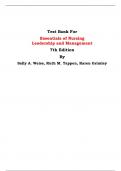Exam (elaborations)
"300 Essential Practice Questions and Rationales for Anatomy & Physiology for Nurses: Chapter-by-Chapter Test Bank for Mastery and Exam Success"
his comprehensive test bank offers 300 essential practice questions and detailed rationales for "Anatomy & Physiology for Nurses" by Elizabeth Blackwell. Designed for nursing students and professionals, each chapter features a variety of question types, including multiple-choice, true/false, fill-i...
[Show more]
